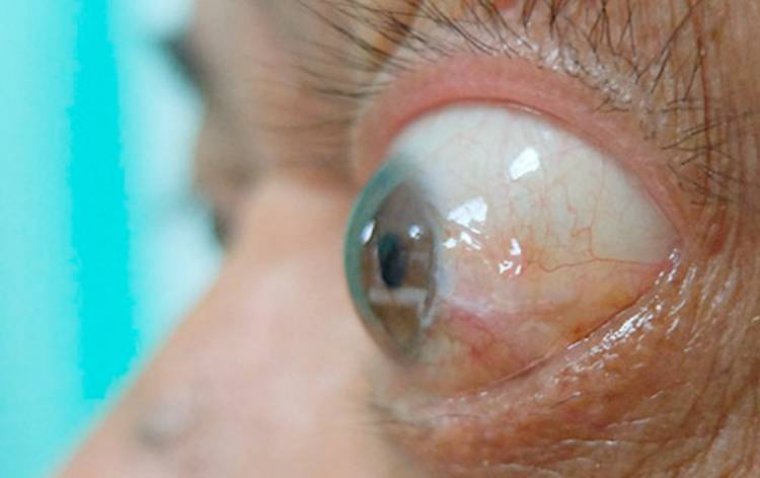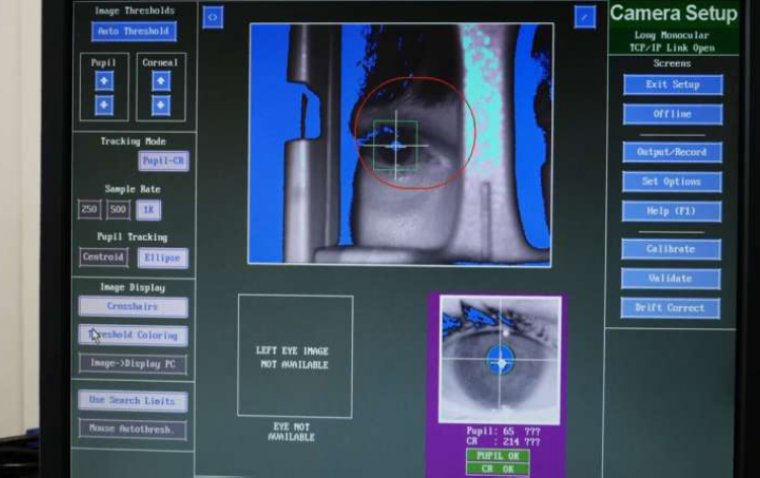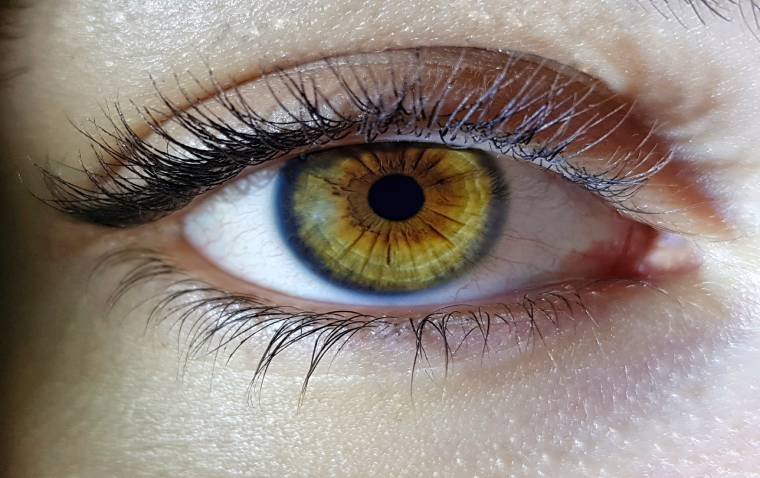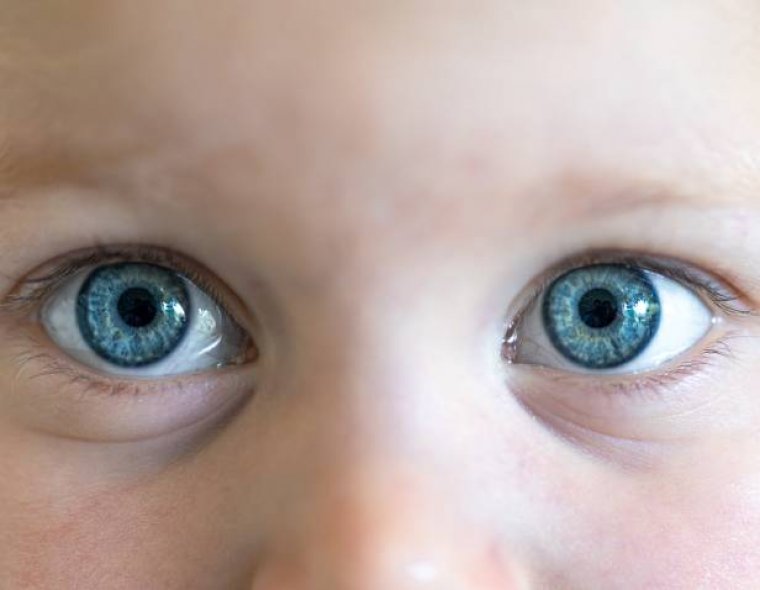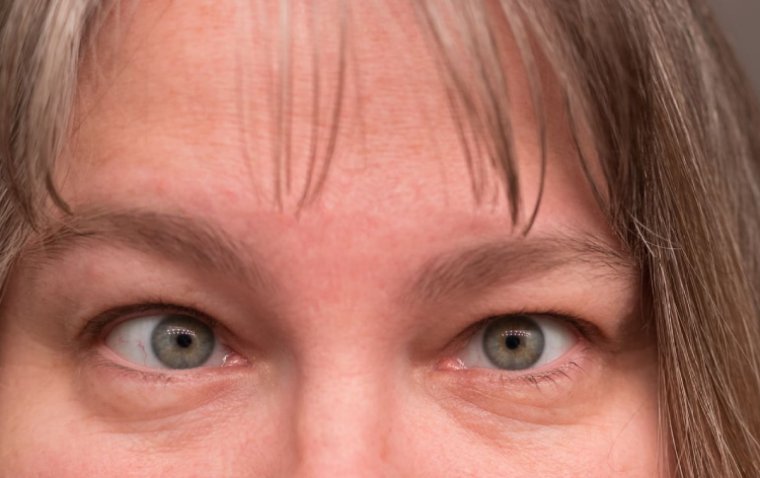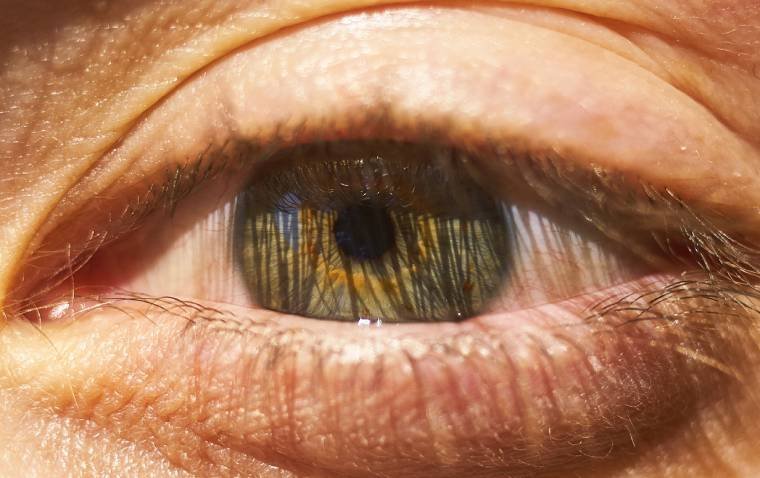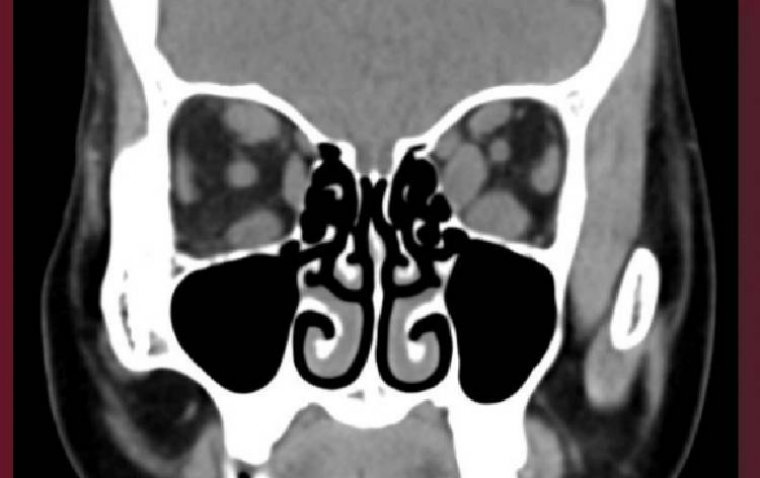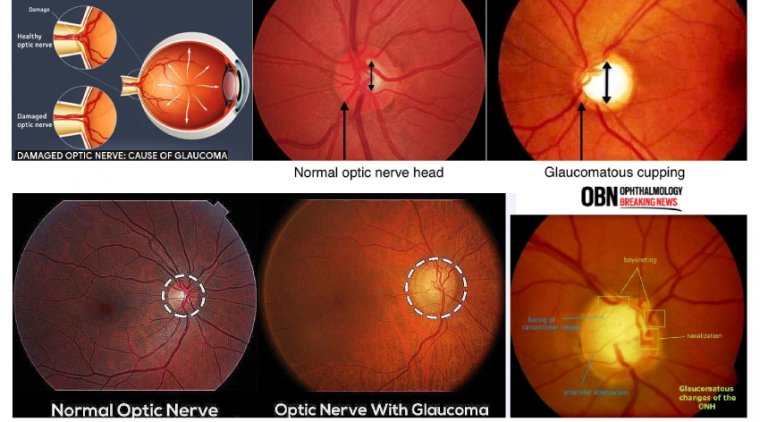
Relative Peripheral Refraction Found to Predict Myopia Progression in Children
New research published online in the American Journal of Ophthalmology has shown that vertical and horizontal relative peripheral refraction (RPR) are associated with faster axial length progression and an increased risk of developing myopia in children.
Study Design and Methods
The study was led by Sander C.M. Kneepkens, M.D., from the Erasmus University Medical Center in Rotterdam, Netherlands. The research team employed subject-specific ray tracing combined with magnetic resonance imaging (MRI) to explore the relationship between RPR and myopia in children. Participants underwent ophthalmological examinations at ages 9 and 13, with a brain MRI scan performed at age 9.
The analysis included 1,635 participants, with refractive error distributed as 8% hyperopia, 77% emmetropia, and 16% myopia.
Key Findings on RPR, Axial Length, and Myopia Risk
Researchers found that RPR was more hyperopic in children with myopia, with consistent findings for both horizontal and vertical measurements. Multivariate linear regression analysis revealed that horizontal and vertical RPR were significantly associated with axial length, birth weight, and horizontal retinal radius of curvature. In contrast, vertical retinal radius of curvature was only linked to vertical RPR.
Children with faster myopia progression exhibited higher axial length, lower spherical equivalent, and higher horizontal and vertical RPR. Notably, for each diopter increase in horizontal and vertical RPR, the risk of incident myopia increased significantly, with odds ratios of 1.40 and 1.29, respectively, after adjusting for covariates including axial length.
Implications for Predicting and Managing Myopia
"We found that higher RPR is strongly associated with both faster axial length growth and increased risk of developing myopia," the authors concluded. "Our findings affirm the relevance of RPR in predicting myopia progression and can guide future efforts in developing targeted therapies."
Reference:
S.C.M. Kneepkens et al, A Novel MRI-Based Approach to Peripheral Refraction and Prediction of Myopia Progression, American Journal of Ophthalmology (2025). DOI: 10.1016/j.ajo.2025.06.013
(1).jpg)
